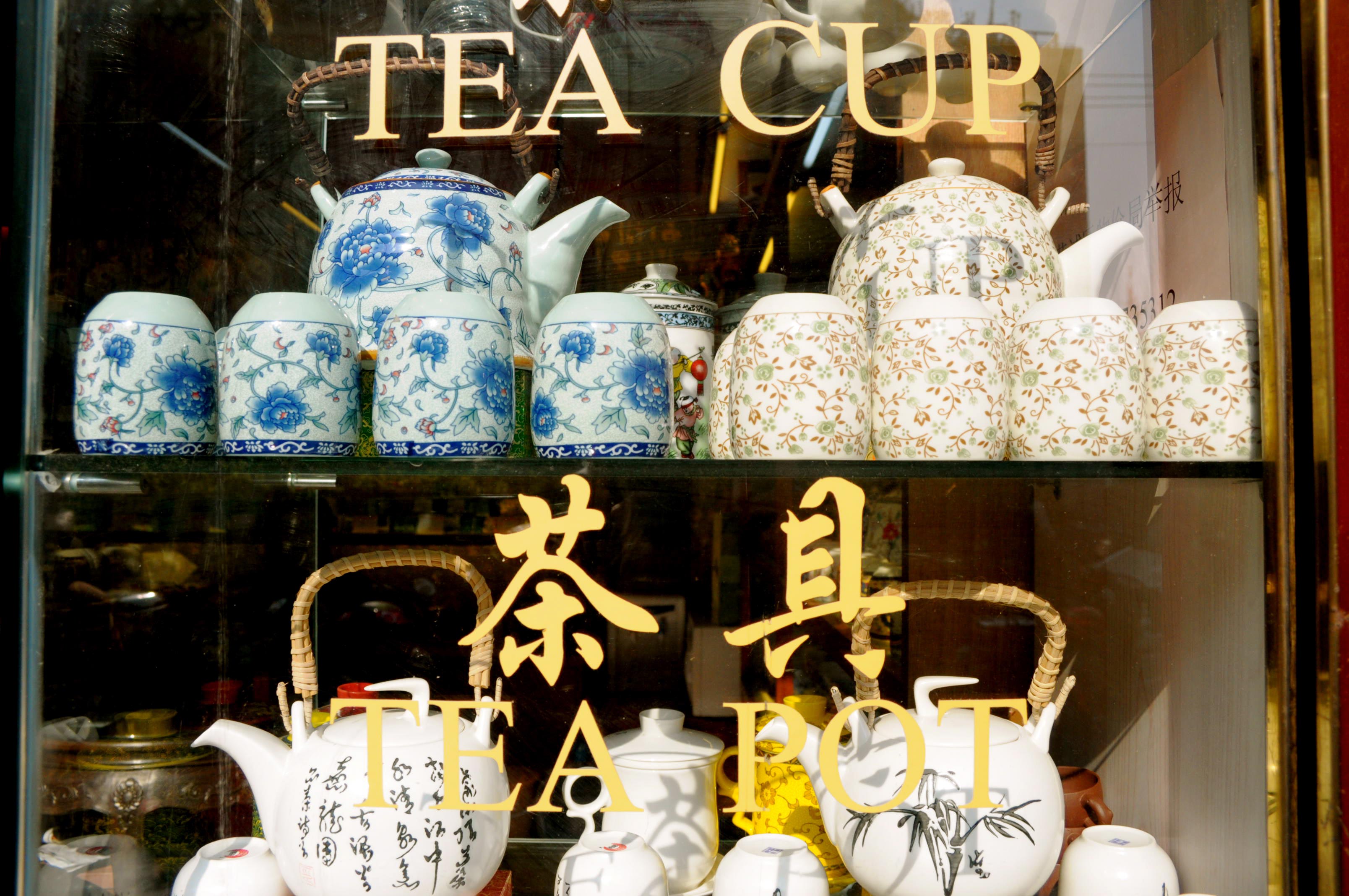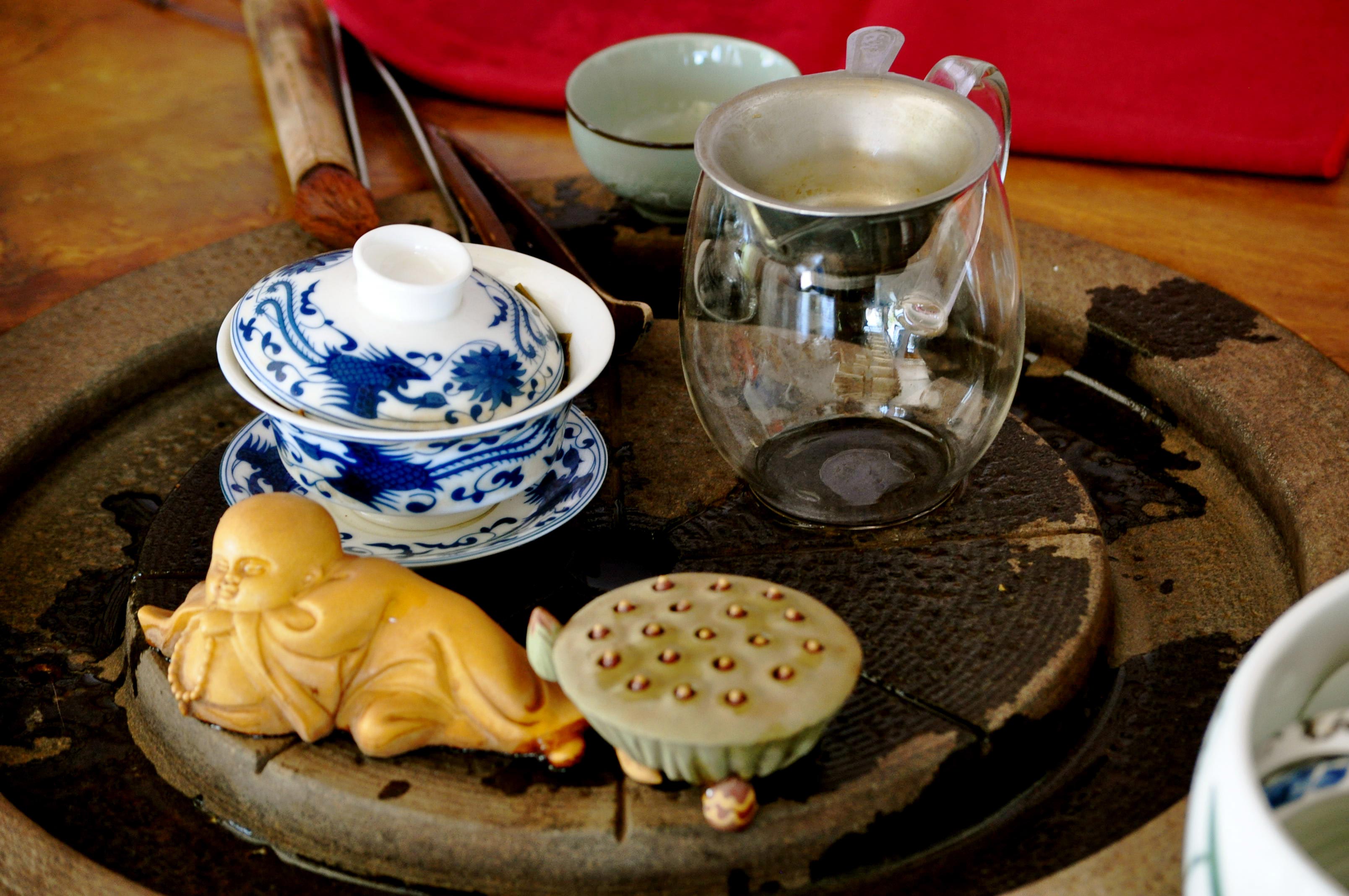
Before leaving China, I knew I had to get one; a proper tea set, complete with a teapot, cups to share and a beautiful glaze. After all, that’s what’s important, right? I wanted a teapot as brilliant as the tea inside.
And that’s what I thought was most important, or rather, the only element important when purchasing a tea set—the look, design and feel it resonates. Important, true, but to be the only detail, well, that was my novice mistake, no doubt.
It’s easy to fall into the trap of a casual tea consumer without a clue, just as easily as the souvenir-hunter is famously ripped off. But I was not just seeking any castaway souvenir, but a travel gift of great purpose; so when I finally set out for the mass of markets, I wanted to know which teapot to buy and why. 
Essentially, for a novice, what to know when purchasing a quality teapot?
In the nooks of many streets of China, off and dead-on the tourist trail, teahouses flourish. And besides selling
The first question to ask when making the plunge for a new teapot—what kind of tea are you looking to brew the most? Basically, what are your tea intentions?
Understandingly a difficult question to answer if you are the novice tea drinker in question, but theguidelines below will outline why. A pewter pot? You shouldn’t have, really.
Size: Like a McDonald’s meal, you can upgrade to big in the tea world, luckily without the guilt here. The traditional Chinese manner of serving, however, remains small. The advantages? While the large pot allows the individual to reap more tea per pot without much effort, the quality and taste of the tea can be compromised because the leaves continually rest in the pot and can become over-steeped. A small Chinese pot, however, requires the leaves to be removed and hot-boiling water to be added for each serving poured. For green tea lovers, the Chinese style is perfect.
Material: Not just porcelain, teapots can be made with more materials than usually known, including jade, tetsubin (coated iron), crystal, agate, silver, stainless steel and glazed iron. However, it’s recommended to stay away from pewter, aluminum, uncoated iron, plastic, lacquered bamboo or other synthetics when looking to buy. Why? The latter are materials that oxidize easily and therefore can affect the taste of the tea, though none are actually harmful.
However, the most popular are glass, porcelain and clay. Here’s why:
While glass does not retain the heat as other materials, glass does provide a perfect view of the visual transformation of the tea bud to the leafy green. Moreover, glass does not taint the flavor of the tea, nor change the color of it. If you buy glass, be prepared to enjoy your tea right that moment for optimum warmth and taste. Herbal gourmet teas are the best match for a glass pot as they look best with their colorful, almost potpourri-like blends.
A much better heat trapper, porcelain is a classic choice for a teapot. Again, porcelain is another material that does not enhance nor take away from the taste of the tea. Black tea is an ideal brew for porcelain teapots.
However, for the best, clay is the name. Porous in nature, clay pots can actually take up the aroma of the tea, while also altering the texture, aroma and taste of the tea once poured. As so, many people only brew a single variety of tea in each clay pot they own, an oolong clay pot or a pu-erh one. The famous type of clay pot is the Yixing, also called Zisha, made from unique clay only found in the Yixing region of China. The best grade of it can be strong enough to hold the weight of a person.
Of course, if style, not material, is your forte, a teapot also serves a good dose of that too.
My choice: A small Chinese pot, made with an equally traditional red and black glaze, perfect for the black tea I bought on my Yunnan adventures!



Leave a Reply Cancel Reply